Corn is one of the most popular veggies for gardeners to grow, but that doesn't mean it's not often a struggle to grow. Making corn-growing mistakes ruin your harvest, leaving you frustrated and disappointed.

Luckily, most mistakes made while growing corn are easy to avoid in the future. Gardening is a learning process, and I bet you’ll learn something while growing corn.
Everyone makes a few mistakes when growing corn. One of the first mistakes I made was failing to amend the soil before planting. I planted right into native soil without realizing it wasn’t enough for the crops to grow.
Gardening teaches you.
However, that doesn't mean you can't learn ahead of time and avoid mistakes entirely. These are some of the most common corn-growing mistakes that you might make in your garden.
Jump to:
- 9 Corn Growing Mistakes
- 1. Planting in Wet Soil
- 2. Not Amending the Soil Before Planting
- 3. Planting Corn Seed at the Wrong Depth
- 4. Not Thinning Your Corn Plants
- 5. Planting Different Varieties Too Close
- 6. Not Fertilizing Your Corn Plants
- 7. Failing to Water Corn Plants Enough
- 8. Ignoring Corn Pests and Diseases
- 9. Not Harvesting at the Right Time
- Don’t Make These Mistakes
9 Corn Growing Mistakes
1. Planting in Wet Soil
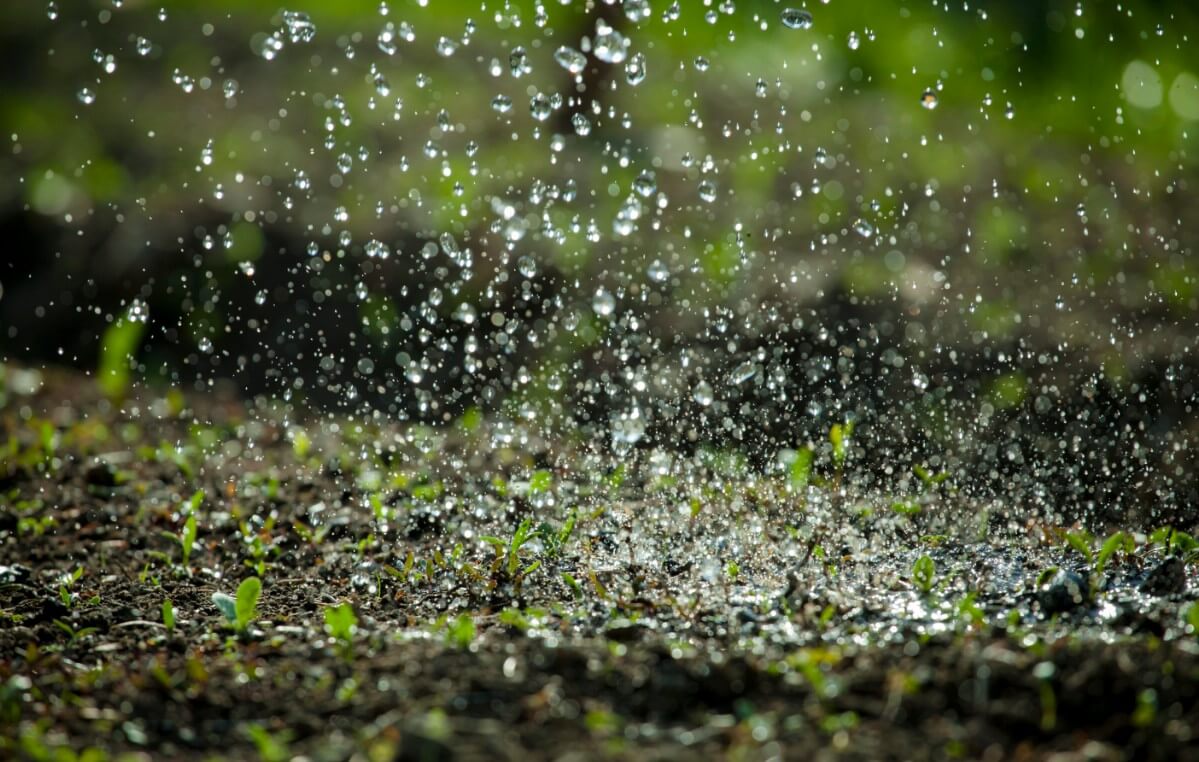
Planting in wet soil is a no-no when growing corn. Slightly damp soil might work, but I prefer to wait until I know the soil is dry before planting the seeds.
Why?
Saturated soil makes it harder for seeds to germinate; it feels like concrete, and some plants cannot handle germinating and sprouting in those conditions. In addition, planting in wet soil forms a hard layer around the seed, restricting root development and fertility later in the plant's life.
The dirt should feel crumbly rather than clumping together. Squeeze your soil; if it sticks together, wait and let it dry out longer.
2. Not Amending the Soil Before Planting
Corn grows best when planted in well-amended soil with ample compost and humus-rich materials. This veggie requires more nitrogen and phosphorus to develop and produce juicy ears of corn. Spreading a thick layer of compost over the soil before planting gives corn plants all the vitamins and nutrients needed to start growing.
That doesn't mean you don't need to fertilize later; you must.
Adding compost to your soil before planting also ensures the dirt has proper drainage. No plants handle standing water well; the soil should drain water away from your plants at the appropriate rate.
3. Planting Corn Seed at the Wrong Depth
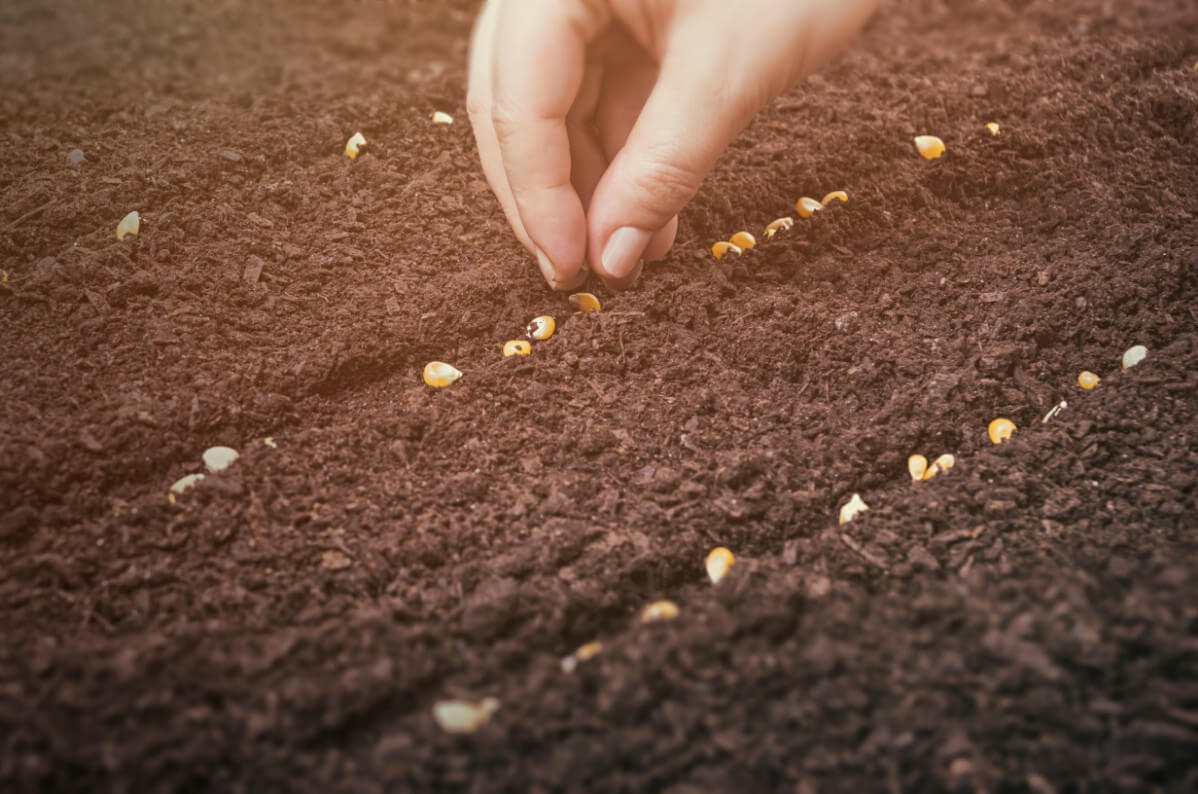
Corn needs to be planted at a specific depth if you want the seeds to germinate and sprout.
If you plant corn seeds too shallowly, the seeds rot before they sprout because they'll be exposed to too much moisture. On the other hand, planting seeds too deep will prevent the seeds from germination at all.
Here is how to avoid this corn-growing mistake.
Plant corn seeds one inch deep. Of course, you need to plant the seeds deeper in some circumstances, but never plant the seeds deeper than three inches. That will cause the germination rate to decrease significantly.
4. Not Thinning Your Corn Plants
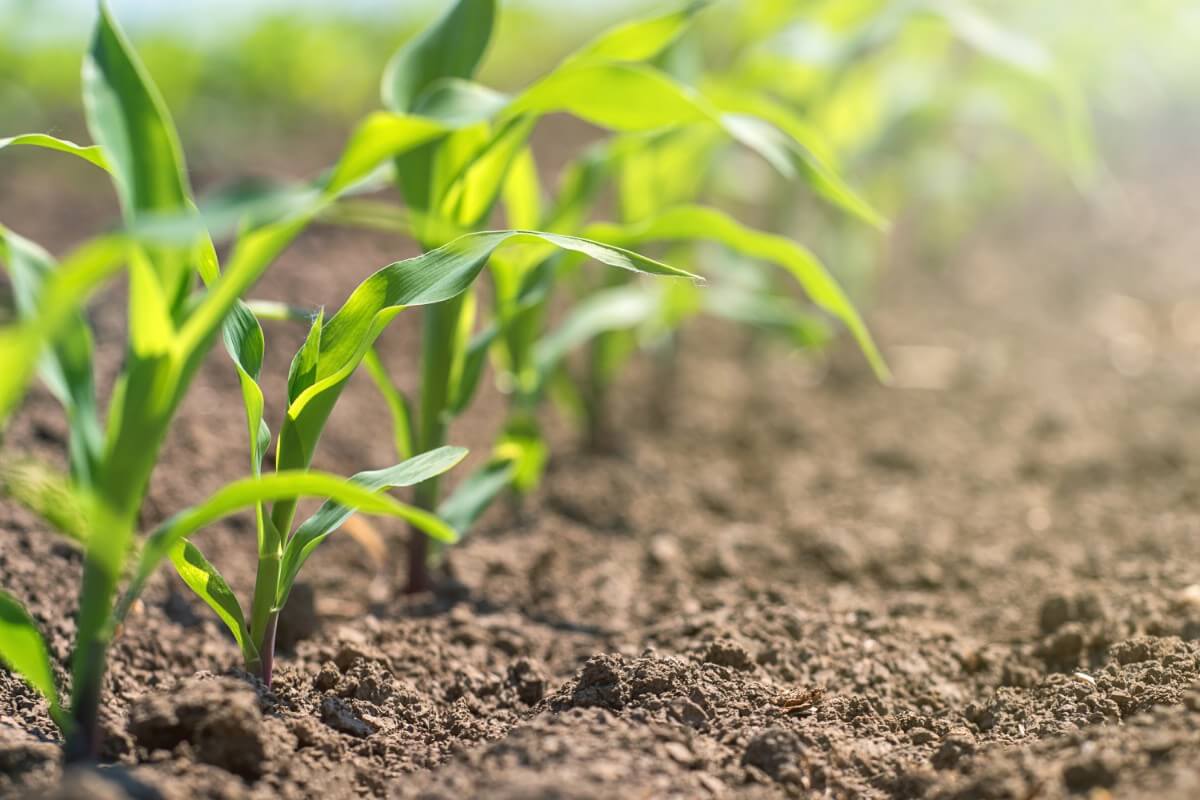
Planting corn seeds feels easy because they’re large and easier to space than carrot seeds, but I notice thinning is still important no matter how well you think you spaced them.
It’s recommended to space the seeds three inches apart. This spacing ensures enough of your corn germinates and sprouts that you end up with the number of plants you want.
After your seed germinates and sprout, the goal is to thin the plants to one foot of space between each plant. That means you need to remove quite a few corn seedlings. One foot spacing ensures each plant receives the nutrients they need to grow and keeps proper airflow to avoid fungal diseases.
5. Planting Different Varieties Too Close
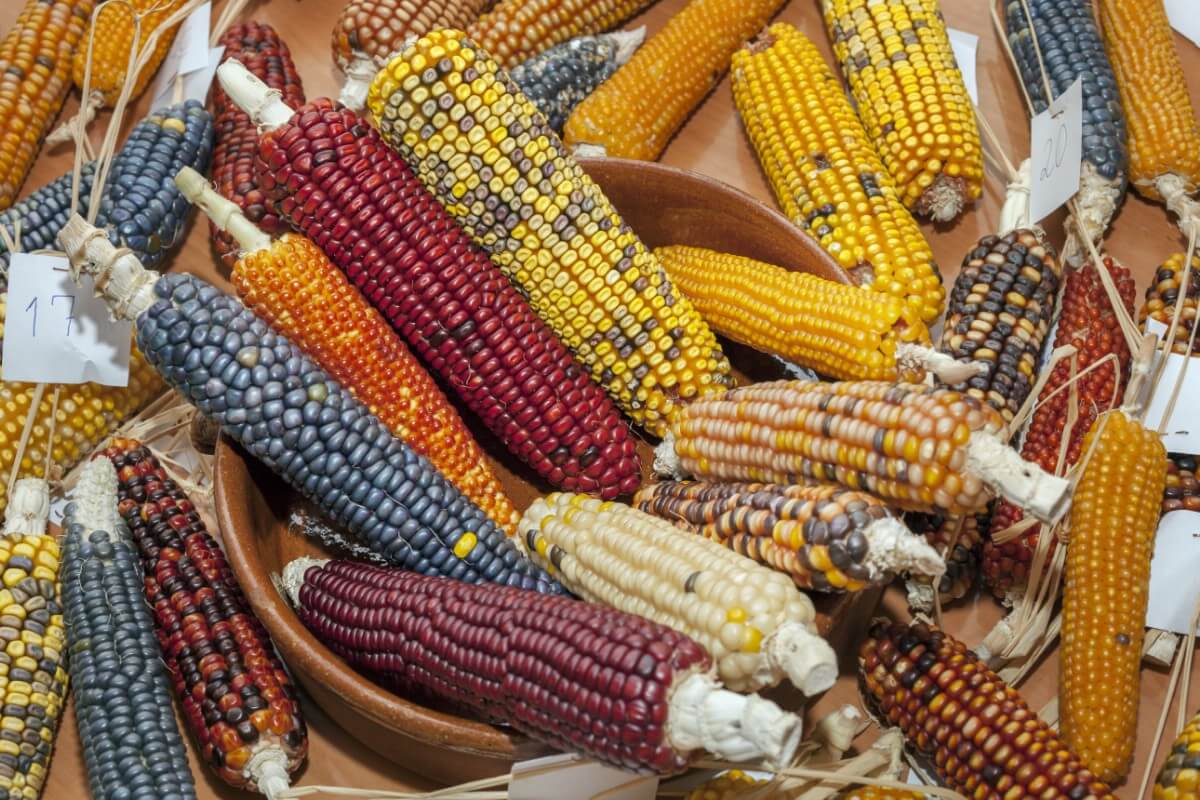
Let me tell you about one of the corn-growing mistakes I made two years ago.
I wanted to grow sweet corn and popcorn simultaneously, but I had no idea that pollination makes this complicated. Planting different varieties of corn close together at the same time is a no-no because cross-pollination will result in something completely different than you wanted to grow.
My sweet corn looked and felt more like popcorn with tough, inedible pieces.
My popcorn never really popped as I hoped. It was an overall failure in the garden.
It is possible to grow different corn varieties, but you have to plant at various times to avoid cross-pollination. It's typically recommended to wait two to three weeks between plantings, and you should have some spacing. Try planting each variety on opposite sides of your garden.
6. Not Fertilizing Your Corn Plants
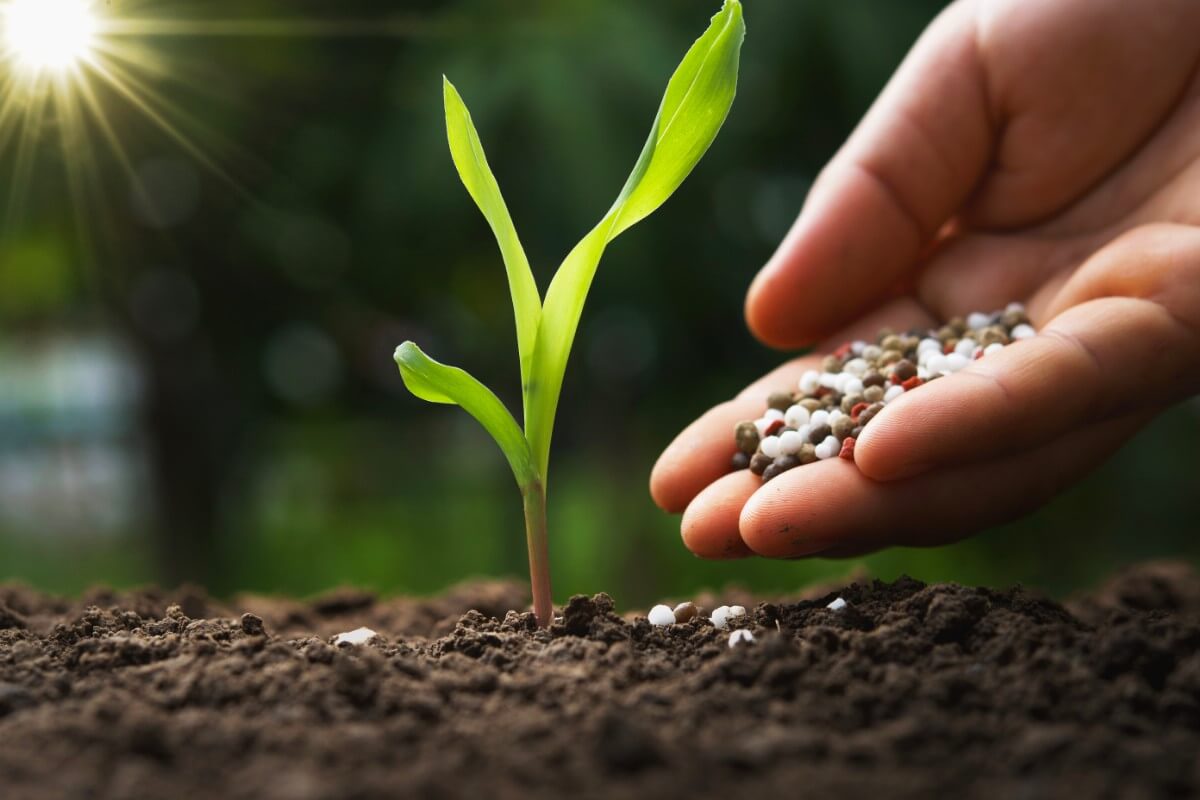
All plants need fertilizer, including corn.
Corn plants need to be fertilized when they’re four inches tall, ten inches tall, and when the ears form silks. Feeding your plants at these times will ensure the corn has all the nutrients needed to grow and produce yummy ears.
Corn plants use more nitrogen and phosphorus than potassium. So, when you select a fertilizer for your crop, grab a fertilizer with the proper ratios. The ideal balance is 16-16-8.
Always make sure you follow all instructions when fertilizing your plants. Read the back of the package to find the right directions.
7. Failing to Water Corn Plants Enough
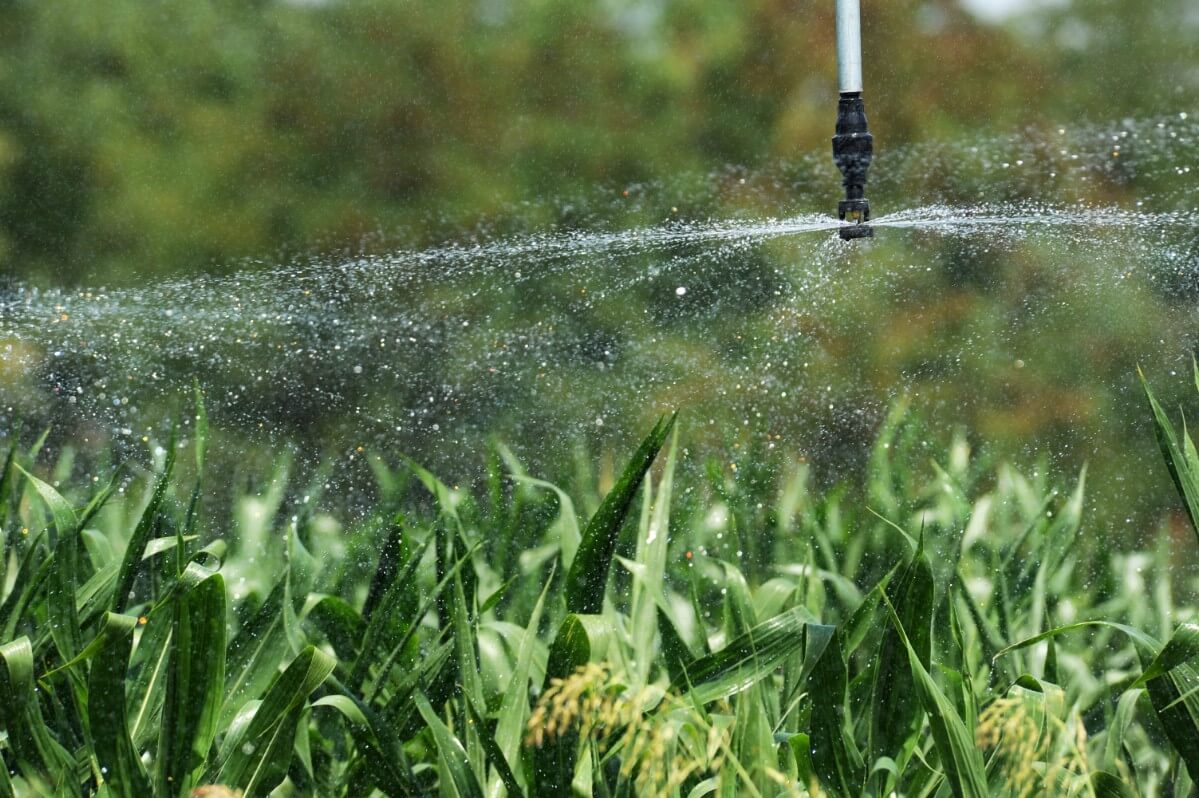
One of the most common corn-growing mistakes made by gardeners is watering corn incorrectly. It's common to water corn lightly on a regular, daily basis.
That's not how you should adequately water corn plants because light waterings don't encourage the roots to grow deeper and more robust. You won't end up with a bountiful harvest with only light waterings.
So, how should you water corn plants properly?
Water, a few times per week, deeply and for an extended period. This practice causes the roots of the corn plants to grow deeper in search of water as the soil starts to dry in between waterings.
A stronger root system is vital for corn plants; the wind will knock over weak plants, and the harvest will be smaller.
You know that your plants need more water if you see the corn plants wilting or if the soil is dry to your first knuckle when you place your finger into the ground.
8. Ignoring Corn Pests and Diseases
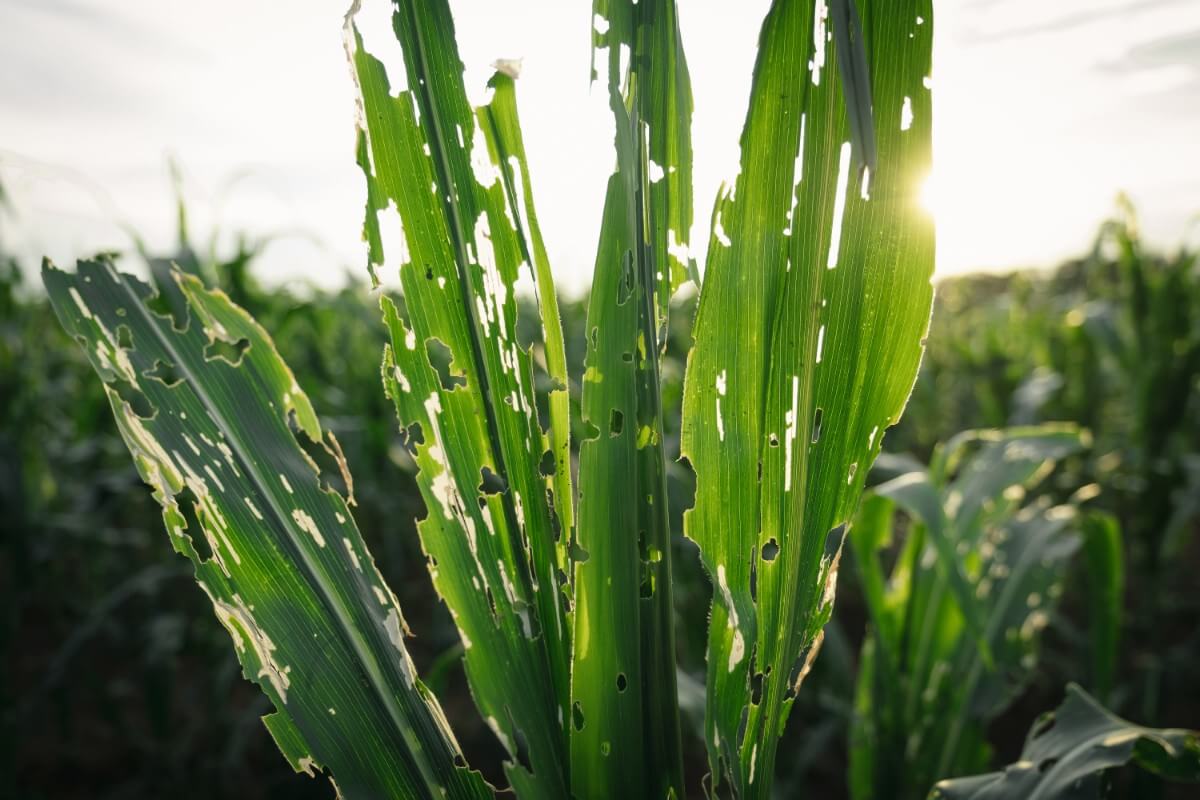
Unfortunately, corn plants attract various pests and diseases, and opting to ignore these problems is one of the more serious corn-growing mistakes.
Spotting corn diseases is generally easy because they cause the leaves and ears to end up deformed and disgusting. You won't want to eat them.
The same goes for corn pests.
Most of the typical corn diseases are fungal and bacterial diseases. Preventative measures go a long way to prevent these from happening; spacing your plants appropriately to increase airflow is one trick that decreases diseases, along with pre-treating your plants with fungicides.
9. Not Harvesting at the Right Time
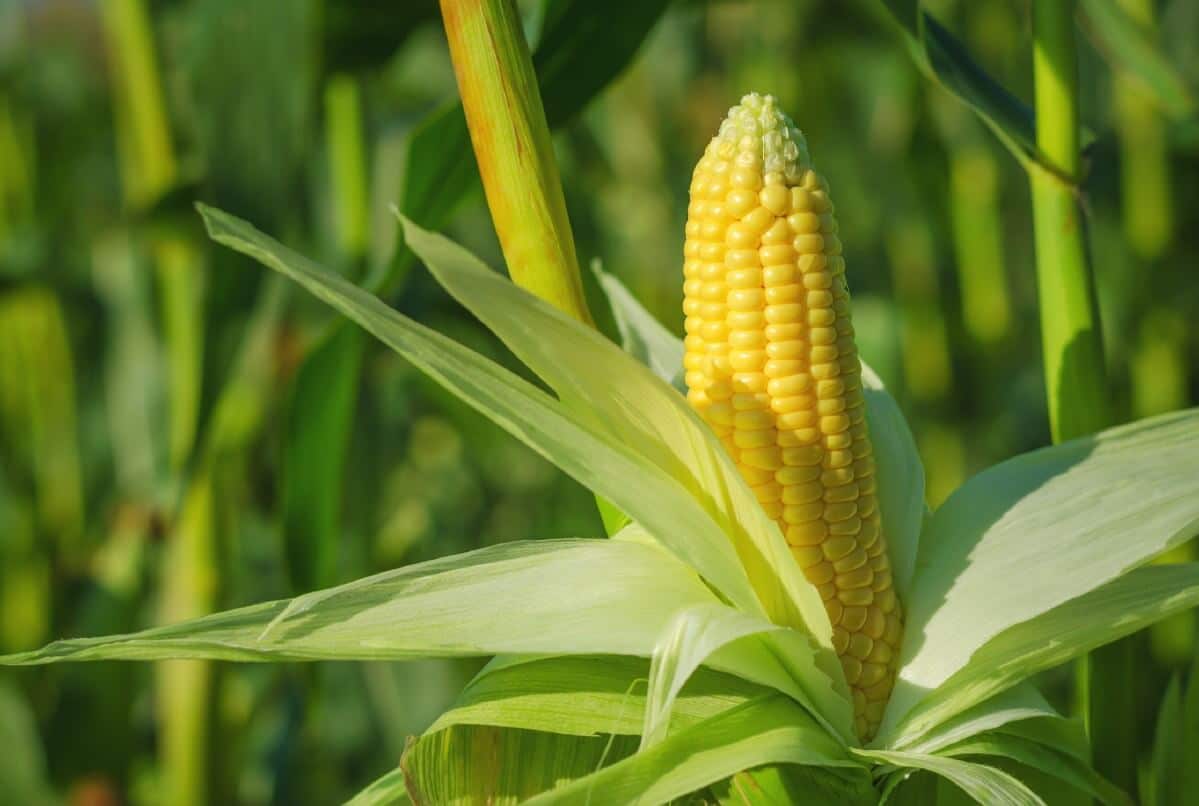
Picking the corn at the wrong time is a mistake you don’t want to make. You waited all this time to have fresh corn to eat and enjoy; the last thing you want is immature ears of corn.
How do you know that corn is ready to harvest?
Watch for the silks to form on the ears. Once you see the silks form, wait three weeks before picking. At this time, the ears should be full and green, but the silks should be dried. Each stalk will have at least one ear of corn, but some might have two!
Don’t Make These Mistakes
Eating fresh corn that you harvest in your backyard feels like a dream. However, store-bought corn will never compare, so make sure you don't make these corn growing mistakes and end up with a poor harvest. You want all the delicious corn your family can eat!

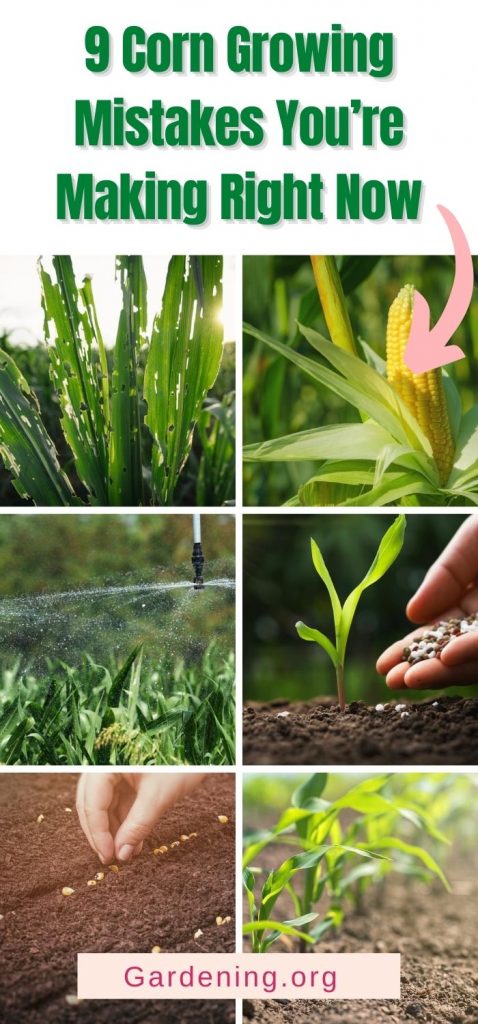
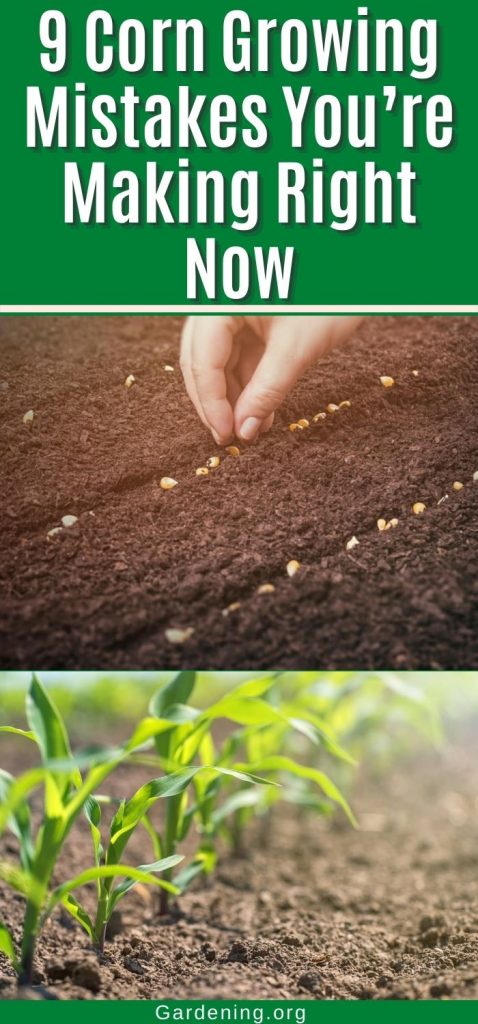
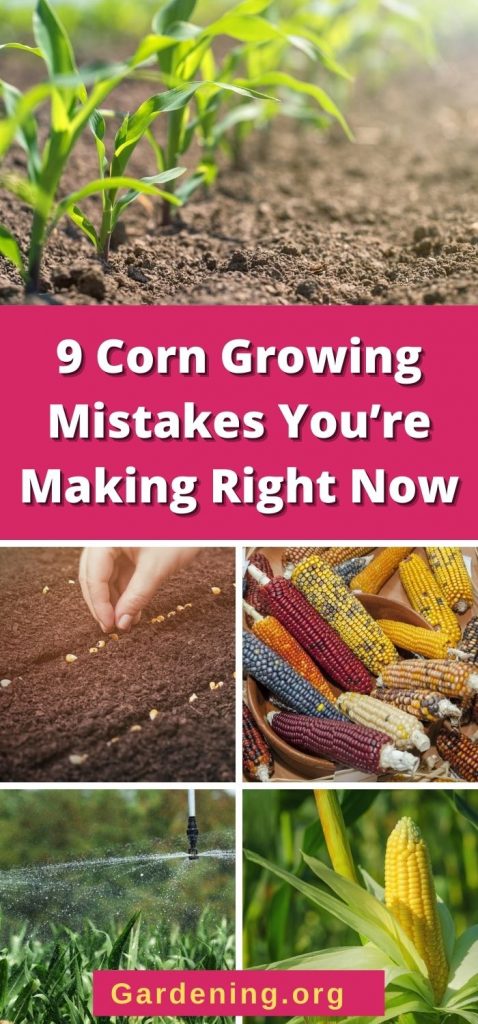
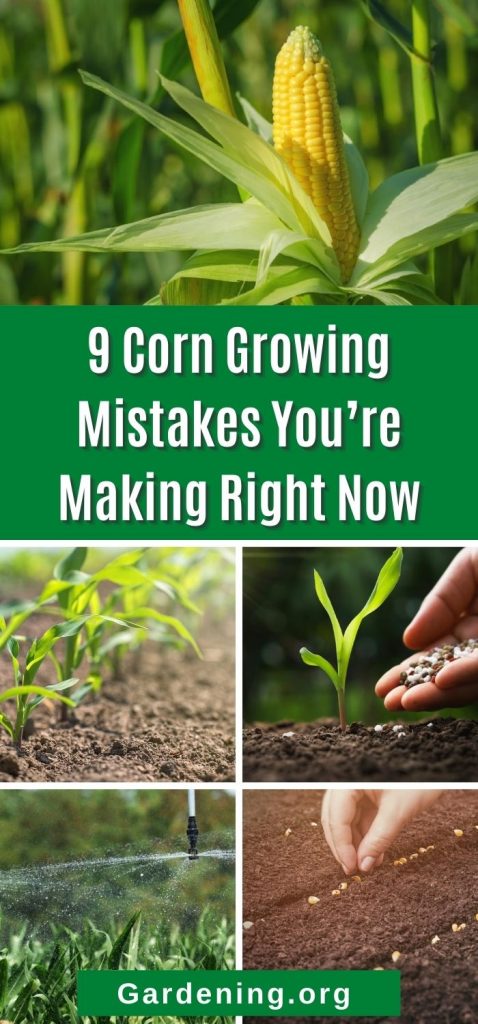
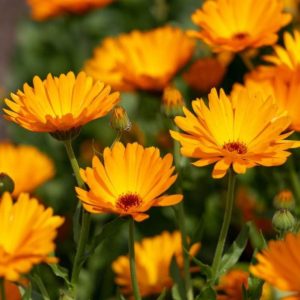


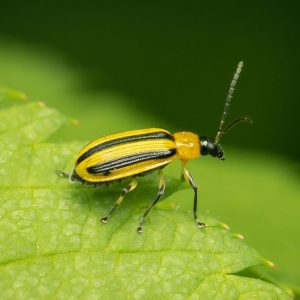
Leave a Reply